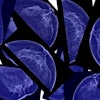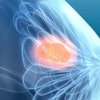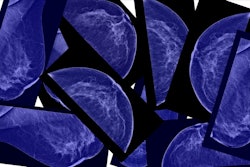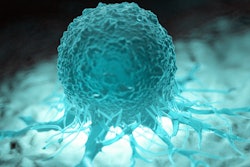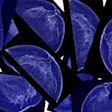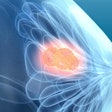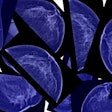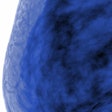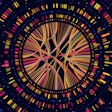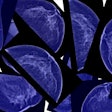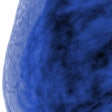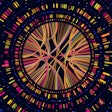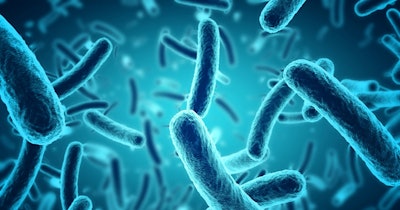
A fragment of a Clostridium difficile toxin could improve outcomes in patients with hard-to-treat forms of breast cancer, according to a paper published on November 9 in PLOS Biology.
The paper builds on earlier research into how C. difficile toxin B (TcdB), one of the main virulence factors of the bacterium, targets the colonic epithelium and causes diarrheal disease. In the earlier research, a team of scientists at institutions, including Harvard Medical School, showed that TcdB binds to members of the Wnt receptor frizzled family (FZD).
That finding led the researchers to investigate the application of TcdB to the treatment of breast cancer and, ultimately, to the PLOS Biology paper. The investigation was underpinned by evidence that inhibiting Wnt signaling reduces the growth and metastasis of many tumors, including breast cancer.
Attempts to turn knowledge of the effect of Wnt inhibition into safe, effective cancer medicines have been impeded by the side effect profile of pan-Wnt inhibitors. Targeting specific Wnt-FZD pairs enriched in cancer cells could improve safety and tolerability; however, different members of the family are structurally similar, making it hard to design molecules that are selective for particular receptors.
TcdB offers a starting point for a selective Wnt inhibitor. Working with a fragment of the toxin, some of the scientists who identified TcdB as a Wnt inhibitor in the 2016 paper tested the effect of the molecule on cancer. The tests used rodent models of basal-like breast cancer, a tumor type that largely overlaps with the hard-to-treat triple-negative breast cancer and lacks receptors targeted by existing drugs.
The researchers found that the TcdB toxin fragment reduced tumor-initiating cells and slowed the growth of basal-like mammary tumor organoids and xenografted tumors. Importantly, the fragment caused those signs of efficacy without damaging Wnt-sensitive tissues such as bones, suggesting that it may be less likely to cause the safety and tolerability problems associated with pan-Wnt inhibitors.
Further testing found that cells that express the subclass of receptors targeted by the fragment are enriched in chemotherapy-resistant cancers. Chemotherapy is the standard of care for patients with basal-like breast cancer, but while it can eliminate most cancer cells, some therapy-resistant cells survive. The TcdB study suggests the toxin fragment synergizes strongly with the chemotherapy cisplatin to eliminate resistant cells.
While TcdB has provided early validation of the potential of selective Wnt inhibition, the bacterial toxin is unlikely to form the basis of a viable drug. The immune system will make neutralizing antibodies against the toxin, and existing immunity in patients previously infected with C. diff may lower the efficacy of the fragment. However, the TcdB-binding site could inform the design of drug candidates without those shortcomings.
